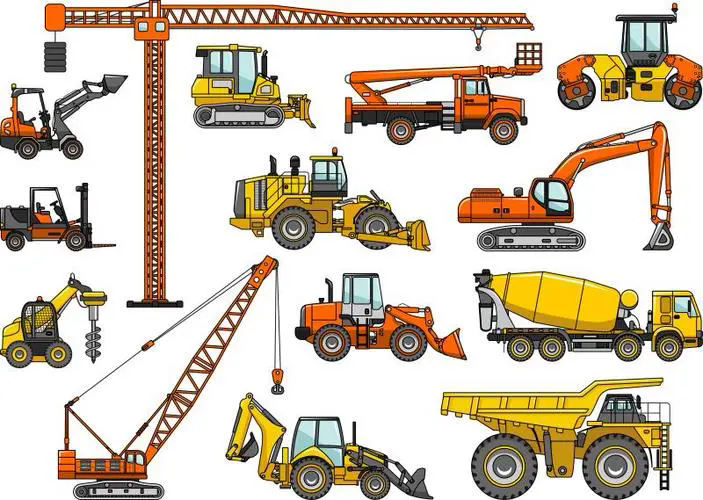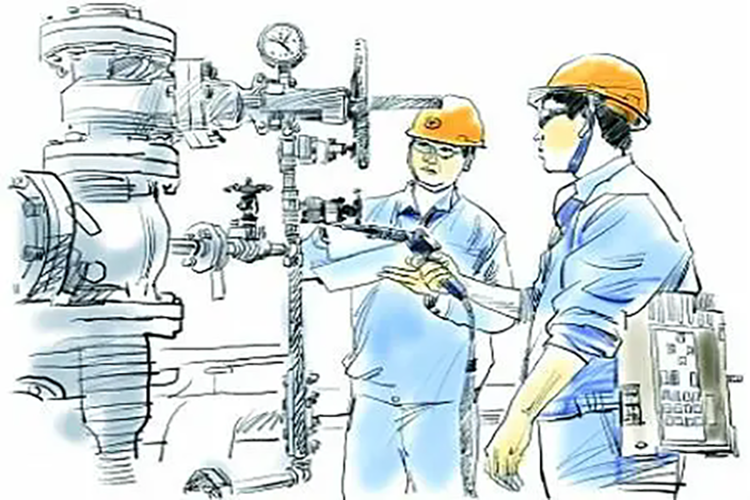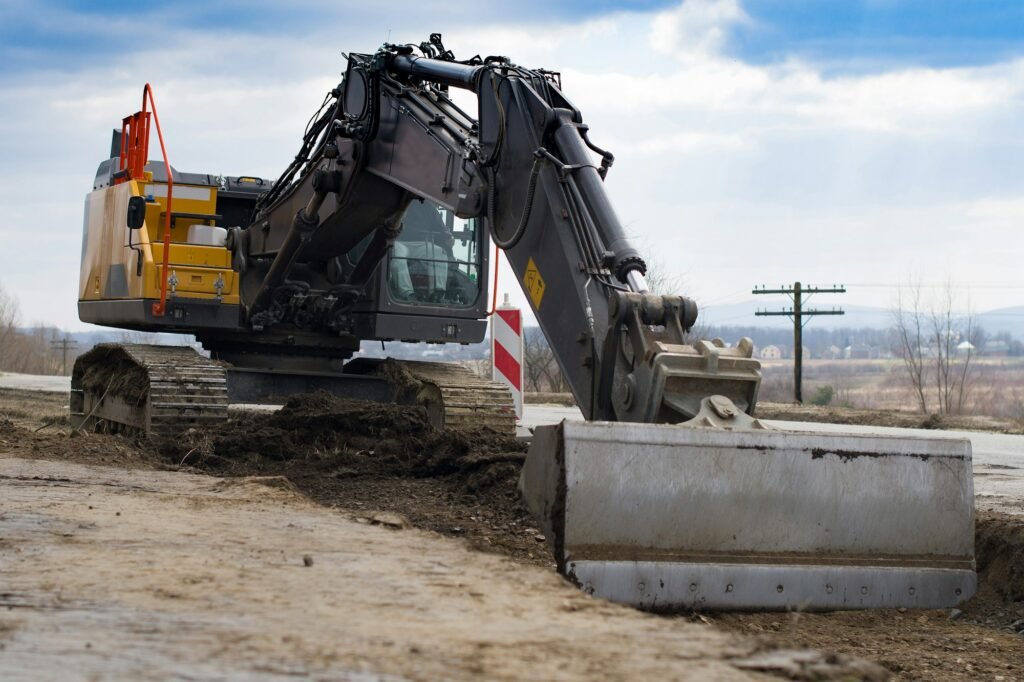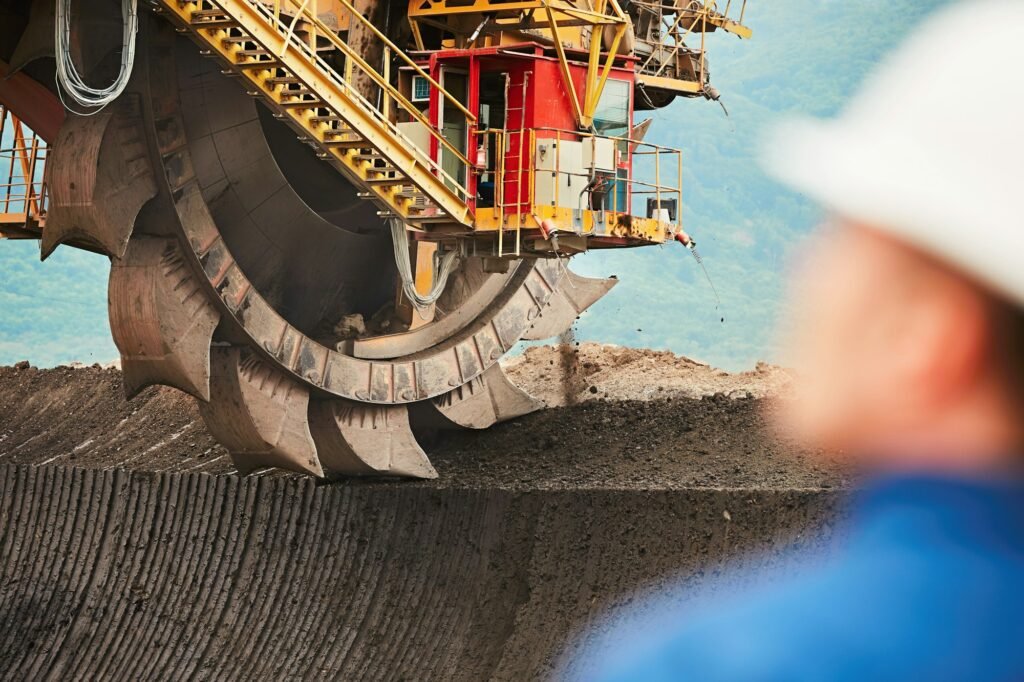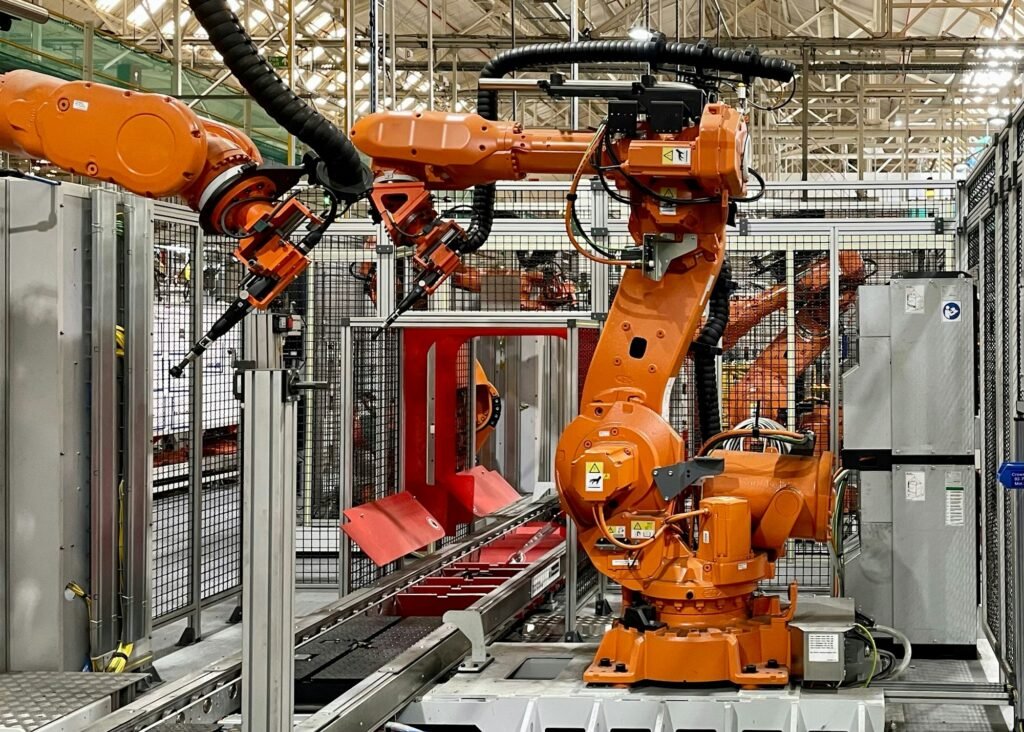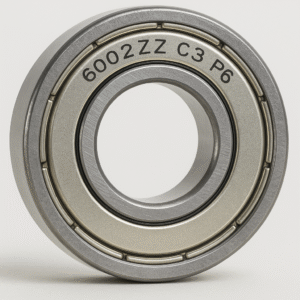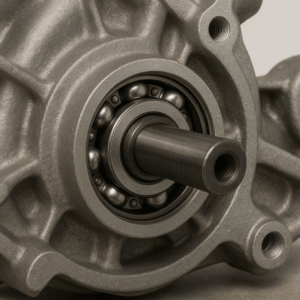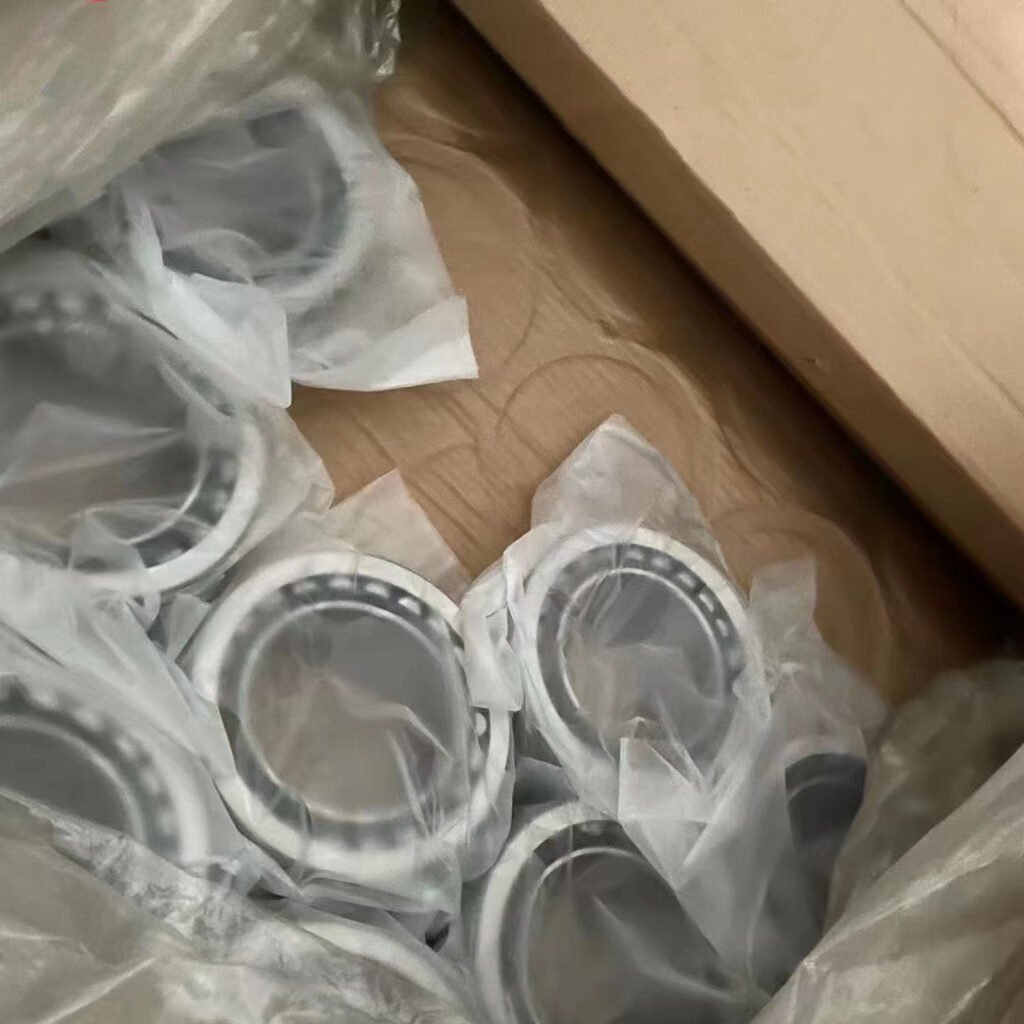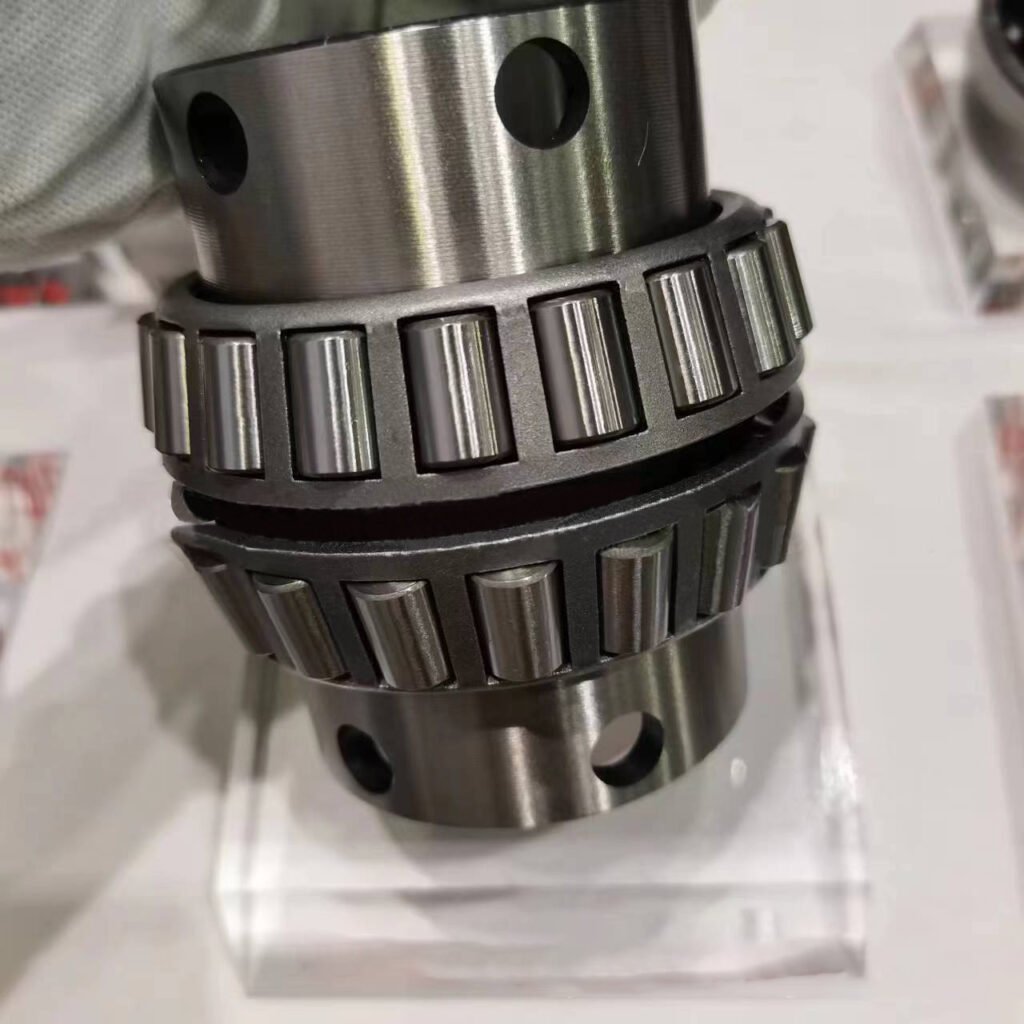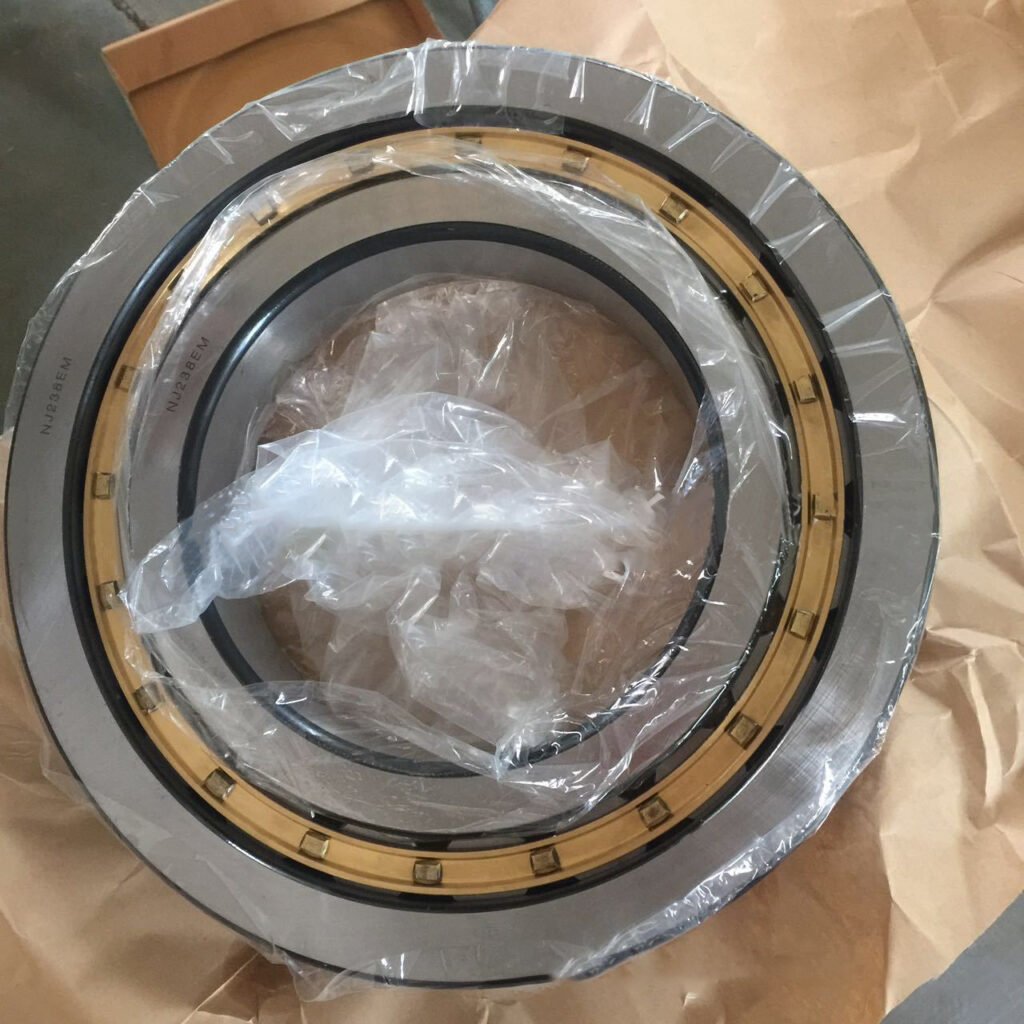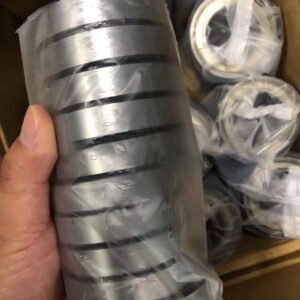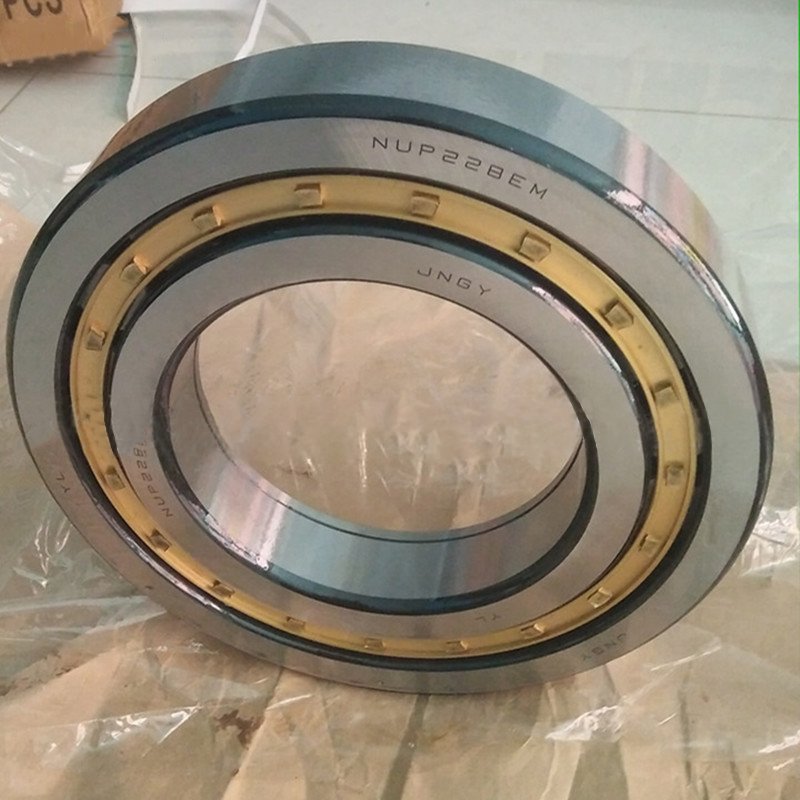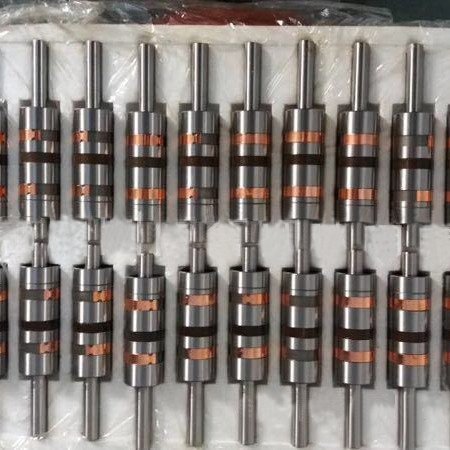In the world of high-precision machinery and rotating equipment, angular contact ball bearings play a pivotal role due to their ability to handle both radial and axial loads. However, a question that often arises among engineers, procurement professionals, and maintenance teams is:
“How do you distinguish the face and the back of an angular contact ball bearing—and why does it matter?”
In this blog post, we will explore this topic in depth, equipping you with the knowledge to correctly identify and apply angular contact bearings in your systems.
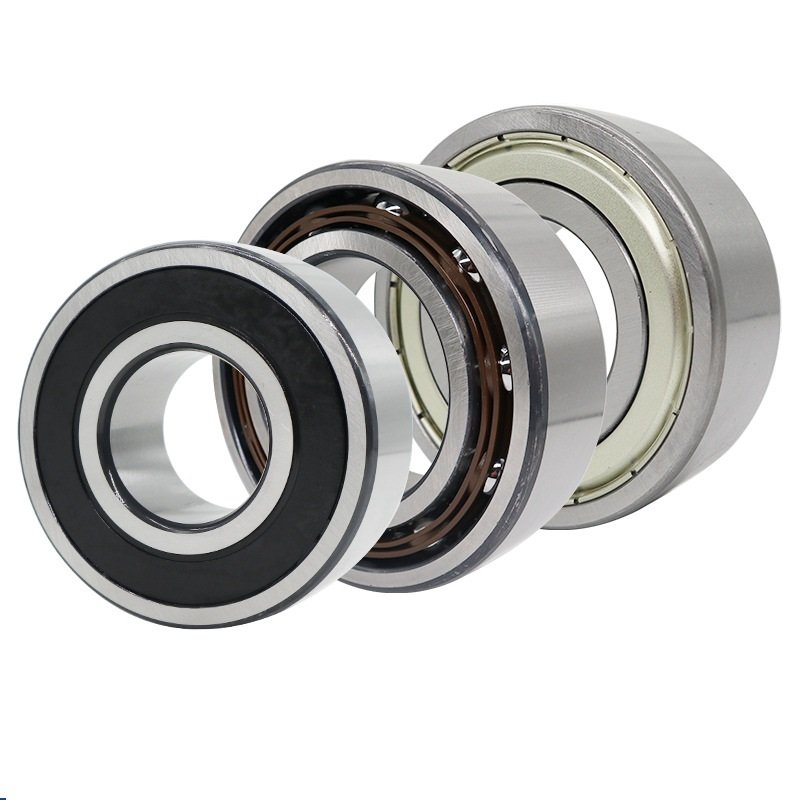
What Is an Angular Contact Ball Bearing?
An angular contact ball bearing is a type of rolling element bearing designed to support combined loads—primarily radial loads and axial loads in one direction. Unlike deep groove ball bearings, these are designed with the raceways in the inner and outer rings offset from each other in the direction of the bearing axis. This enables the bearing to handle axial forces depending on the contact angle.
Angular contact ball bearings are commonly used in:
- bianMachine tool spindles
- Pumps and compressors
- Gearboxes
- Robotics and automation systems
Face vs. Back — What’s the Difference?
The face and back of an angular contact ball bearing refer to the two opposite sides of the bearing, which are not interchangeable in terms of mounting and performance.
| Aspect | Face (Thrust Side) | Back (Non-thrust Side) |
| Axial Load Direction | Designed to carry axial load in this direction | Should not be subjected to axial loads |
| Marking | Often has laser etching or code on the outer ring | Usually unmarked or less detailed |
| Chamfer Location | Chamfer is usually smaller or absent | Chamfer is more pronounced |
| Shoulder Height | Shoulder on the inner ring is typically higher | Shoulder is lower or sloped |
How to Identify the Face and Back
Correctly distinguishing the face and back is crucial, especially in precision assemblies or when using bearings in pairs (matched sets). Here’s how to do it:
1. Check the Laser Markings
Most manufacturers engrave model numbers, brand names, or direction arrows on the face of the bearing. This is usually the side designed to bear axial load.
Tip: The laser-marked side is typically the face or thrust side.
2. Inspect the Chamfers
The back side often features a more pronounced chamfer (bevel) to assist with easier mounting. The face side may have no chamfer or a much smaller one.
3. Look at the Shoulder Heights
On the inner ring, the shoulder on the face side is higher to support the rolling elements under axial loads. The back side has a shallower shoulder or is more open.
4. Consult Manufacturer Drawings
If the bearing is customized or part of a high-precision application, always check the technical drawing or datasheet provided by the manufacturer.
️Why the Distinction Matters
Misidentifying the face and back of an angular contact bearing can lead to premature failure and performance issues. Here’s why proper orientation is critical:
1. Axial Load Handling
Angular contact bearings are designed to handle axial loads in only one direction. Mounting the bearing in the wrong direction may result in axial instability.
2. Bearing Pair Configurations
Angular contact Bearings are often used in pairs or sets: back-to-back (DB), face-to-face (DF), or tandem (DT). Installing a bearing incorrectly can void preload settings, leading to vibration, heat generation, or even catastrophic failure.
3. Tool and Machine Accuracy
In high-precision machines such as CNC spindles, correct orientation ensures the rigidity and alignment needed for accurate operation.
4. Operational Lifespan
Improperly mounted bearings wear faster and may fail prematurely, leading to increased downtime and maintenance costs.
Real-World Application Case
A CNC tool manufacturer once reported high rejection rates due to spindle instability. Upon investigation, the root cause was improper installation—technicians mistakenly mounted several angular contact bearings backwards. Once the installation process was corrected with proper face/back identification, performance metrics returned to optimal levels and warranty claims dropped by over 30%.
Conclusion
Distinguishing the face and back of an angular contact ball bearing is not just a technical detail—it is a critical step that affects performance, reliability, and lifespan of the equipment. For engineers, buyers, and technicians in industrial applications, understanding this distinction ensures higher efficiency and reduced maintenance costs.
Always follow manufacturer guidelines and double-check bearing orientation during installation. The face-forward approach is not just about alignment—it’s about excellence.
Need Custom Bearings or Technical Support?
As a factory with 20 years of OEM/ODM experience, we specialize in custom angular contact bearings for industrial applications. If you’re looking for precision, durability, and professional support, contact us today for consultation or samples.
Please click on the link below to read about how to ensure the precision of angular contact ball bearing pairing?

